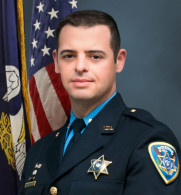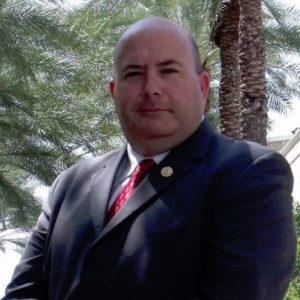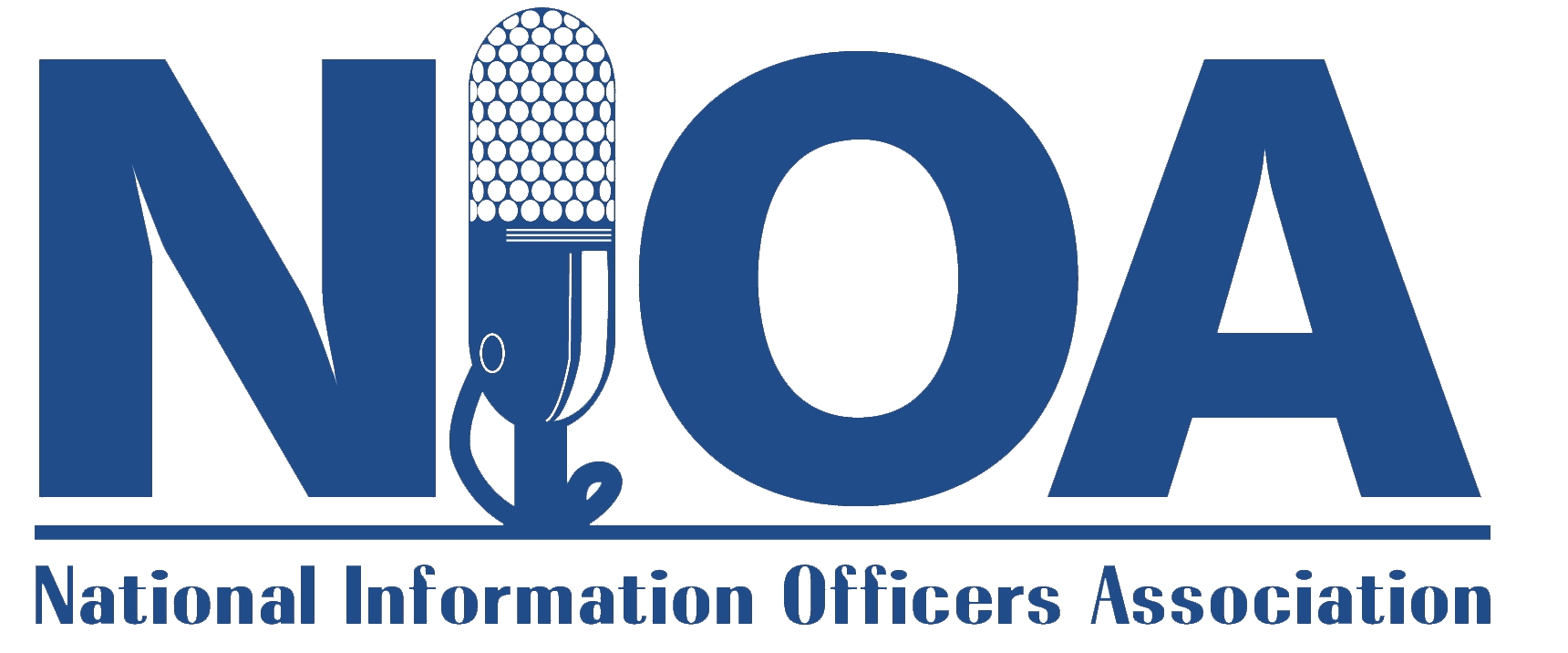Jun 3, 2019 | President's Point of View
How to deal with obstructive public information officers? Challenge Them.
That’s the headline of a May 20, 2019 article by Cinnamon Janzer in the Columbia Journalism Review. Janzer’s article begins with a complaint that when she tried to interview Minneapolis Police Chief Medaira Arradondo on April 18, the PIO responded that he was busy, but she could email a list of questions as an alternative.
The reporter declined to email any questions on the basis that email interviews “can provide cover for story subjects to craft protective messages with their public relations advisers.” The reporter attempted to bypass the PIO; however, she was repeatedly told that all communication had to go through the PIO. Following that policy directed answer, she went to the mayor’s office which provided her a two-sentence statement. Her story was then written without the “two major public officials at its center answering a single question.”
This mischaracterization misses the effort of the PIO to get her the information she sought. Rather, her issue was that it removed the “dynamic qualities” that an interview offers. Janzer does not take the opportunity to explain why she declined to wait for the opportunity to have that face-to-face interaction. Following the publication of her story, she wrote the subsequent article for the CJR to blast the process.
Based on her article, only Janzer’s side of the interaction with the PIO is known. As a result of her reporting, it is difficult to have an issue with how the PIO responded. Chiefs of Police will candidly admit that during a busy day they do not always have time to sit down with a reporter on deadline. Here the function of the PIO is to work to get the reporter the information they need, even if it isn’t in a formal interview process. Without the PIO, the reporter would be left with no answer at all.
That is not a “refusal to answer,” as Carolyn Carlson, former president of the Society of Professional Journalists, alleged in the CJR article. That is a PIO saying, “I can’t get you the interview, but I can still get you the information.” In other words, this is a PIO trying to work collaboratively with the reporter to get them information for publication of a story.
Janzer’s word choice of “craft protective messages” is presented seemingly out of conjecture. PIOs define the facts and circumstance, not defend to protect image. PIO’s craft messages for agencies for the sole purpose of keeping communities informed, empowered and engaged. In an age where social media moves information, often wrong, at a rapid pace, this role is critical to public safety. Those efforts will not, nor should they be defended.
According to Janzer, “the Public Information Officer is a frequently obstructive mechanism thinly veiled by a helpful sounding title. PIO-approved comments shape the narratives of their news coverage across the country on matters that range from the mundane to the extremely consequential.”
The National Information Officers Association (NIOA) begs to differ. For the 500-plus NIOA members across the country, the Public Information Officer is someone who works tirelessly to message on behalf of their agency in an effort to keep communities safe. The title PIO is helpful sounding because that’s exactly what PIO’s are, helpful. The work PIO’s do on a daily basis does shape narratives, which is critical for building trust and changing perceptions. Those narratives aren’t about image management. They are about informing the public of the real work that is being done every day by public safety professionals.
Some familiar names appear in Janzer’s article. Carolyn Carlson, the former SPJ president, who is also a retired journalist and professor, and Frank LoMonte, director of the Brechner Center for Freedom of Information at the University of Florida, both of whom have been extremely critical of public information officers.
LoMonte went so far as to say that the practice of a PIO being “deployed by both public and private entities to control journalists’ inquiries” is illegal… “as problematic as gag orders during highly publicized trials.” He said he is working to create a “roadmap” for news outlets to challenge “canned responses from communication teams.” He also suggests that journalists ask for an agency’s media policy to see whose signature is on it as “there’s a real legal question as to how enforceable a memo like that is.”
Carlson suggested that journalists write articles about “obstruction by PIOs directly.” Janzer’s CJR article is a clear reflection of that directive. NIOA members know that these views are in direct conflict with how PIO’s serve communities while working collaboratively with the media. PIO’s specifically train for this work at NIOA’s annual conference and throughout the year through classes provided by organizations like FBI-LEEDA, FEMA, IACP and others. PIO’s recognize the incredible responsibility to message on behalf of our agencies, and it’s a duty they don’t take lightly.
It is true that with all the training available, there are still PIO’s who have not had the same training, use best practices, or work for a police chief, fire chief, mayor or city manager that doesn’t grasp the critical nature of transparency and working with the media.
I am challenging all of us to reach out to a PIO in our area and share information about NIOA and the benefits of attending our annual conference. If we are going to change the media’s perception and definition of the PIO, it starts with us.
– Stephanie Slater, President
National Information Officers Association
Sep 12, 2017 | Board Members Postings, President's Point of View
 Welcome to the National Information Officers Association!
Welcome to the National Information Officers Association!
The NIOA is an organization of spokespersons and communicators dedicated to getting the right information to the right people at the right time. We are passionate about the communities in which we serve, and we strive to better ourselves to in order to better serve our communities and agencies alike. It’s this passion that exemplifies our organization as a premiere venue for training and networking in the field of information gathering and dissemination.
Our annual training conference is held annually during the final week of August. It features presentations from some of the most high-profile incidents of the past year, as well as the hottest topics in the world of government communicators. While the annual conference provides incredible insight and knowledge from lessons learned, it is YOU – our members – that make this a dynamic training experience. The conference provides plenty of opportunities to meet and greet other members throughout the country whom you may one day rely on when you find yourself in the midst of a major incident.
Outside of the conference, throughout the year, the NIOA newsletter is another opportunity for you to keep up with the latest in our field. The newsletter allows you to keep up on the latest trends and topics outside our annual training conference. It also provides a venue for you to share your experience and knowledge with the entire organization! We all have some experience that can help our colleagues. To that end, I challenge each of you to write an article for the newsletter at some point over the next year.
In the past year, we launched the NIOA Facebook Group to provide our members unfiltered access to the entire NIOA community. By posting to the group, you can now rely on feedback from hundreds of PIOs throughout the country! So, even if you can’t get enough feedback from conference presenters, attendees, or newsletter articles, this opens up access to all members to provide you with the information you need to help you in any situation.
The 2017 training conference in Clearwater, Florida, was another great success and one of our biggest ever! Your NIOA Executive Board is preparing for the 2018 conference, and we are dedicated to bringing you an unparalleled experience each and every year. On that note, we ask you to send us suggestions on the presentations you would like to see in 2018.
Until we meet again in Clearwater in 2018, my message to you is to never stop training and never stop networking. It is an incredible honor to serve as your NIOA President while representing the Lafourche Parish Sheriff’s Office, and I cherish the opportunity to serve and represent you and our incredible organization.
Sincerely,

Brennan Matherne
President
Sep 10, 2016 | President's Point of View
 The National Information Officers Association (NIOA) is an organization of professionals dedicated to the continued improvement and evolution of information dissemination.
The National Information Officers Association (NIOA) is an organization of professionals dedicated to the continued improvement and evolution of information dissemination.
Since 1989, the National Information Officers Association has worked to bring public information officers together recognizing that we all have the same needs, problems and challenges. The NIOA is dedicated to being a resource for our members and the profession as a whole, and strives to provide the best training, networking opportunities and guidance to be the best information officer possible.
We are a unique and dynamic organization that is successful because of members like you, who are taking the time and initiative to better yourself, your agency and our profession. It’s this passion that exemplifies our organization as a premiere venue for training and networking in the field of information gathering and dissemination.
Our annual training conference held in August has become one of the most respected training venues for public safety, government and healthcare spokespersons in the industry. The NIOA’s Core Values state we are an organization that promotes “Professionalism, Ethics, Education, Networking”, something that I take very personally. The Executive Board, our Regional Directors and our members work very hard to provide a top-notch training experience, and we are filled to capacity every year.
The reason that the NIOA is so successful is because of its’ members. Whether you are brand new in public affairs or a seasoned veteran your opinion and voice matters. By being an active NIOA member adds to the validity of the organization, our core values and the need for competent, well-trained crisis communicators. Hallmarks that we profess are Honor, Integrity and Credibility … three attributes that define us as a professional spokesperson.
For the next year, I ask that you make a difference as a member of the NIOA. I am challenging every member three things for the next year. First, to recruit one new member by the time we meet in Florida. Secondly, I ask that you submit one article for submission for our online Bi-monthly newsletter and thirdly, to submit a presentation idea for next year’s conference.
One of my goals has always been to promote and grow the NIOA membership and we continue to accomplish that year after year. Another goal I have been working on with other professionals is to create a national accreditation for public information/public affairs officers. My hopes are this will be available within the next year.
The National Information Officers Association is always working to improve our members and our profession, and we hope that you will join us in Clearwater Beach, Florida for our 2017 training conference.
I am extremely honored and humbled to serve as the 27th President of the NIOA, and fortunate that I have been allowed to serve for a second time. I look forward to serving you, representing you and representing our great organization. Stay safe my friends, and see you on the Beach!
Sincerely,

Michael F. Fronimos
NIOA President 2016-2017

 Welcome to the National Information Officers Association!
Welcome to the National Information Officers Association! 